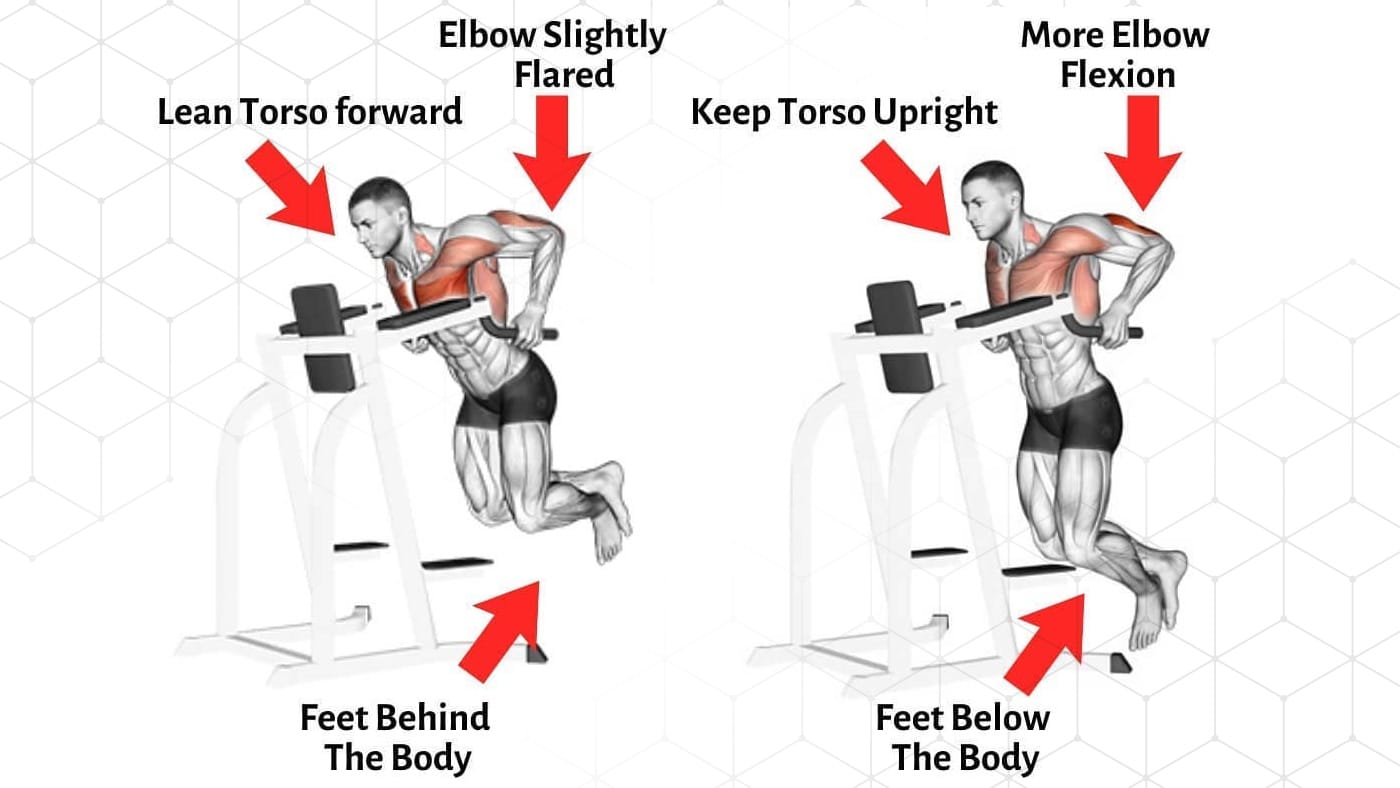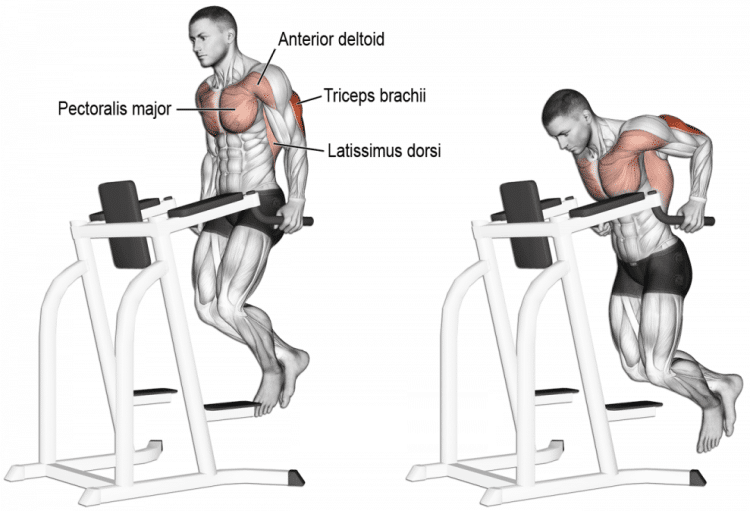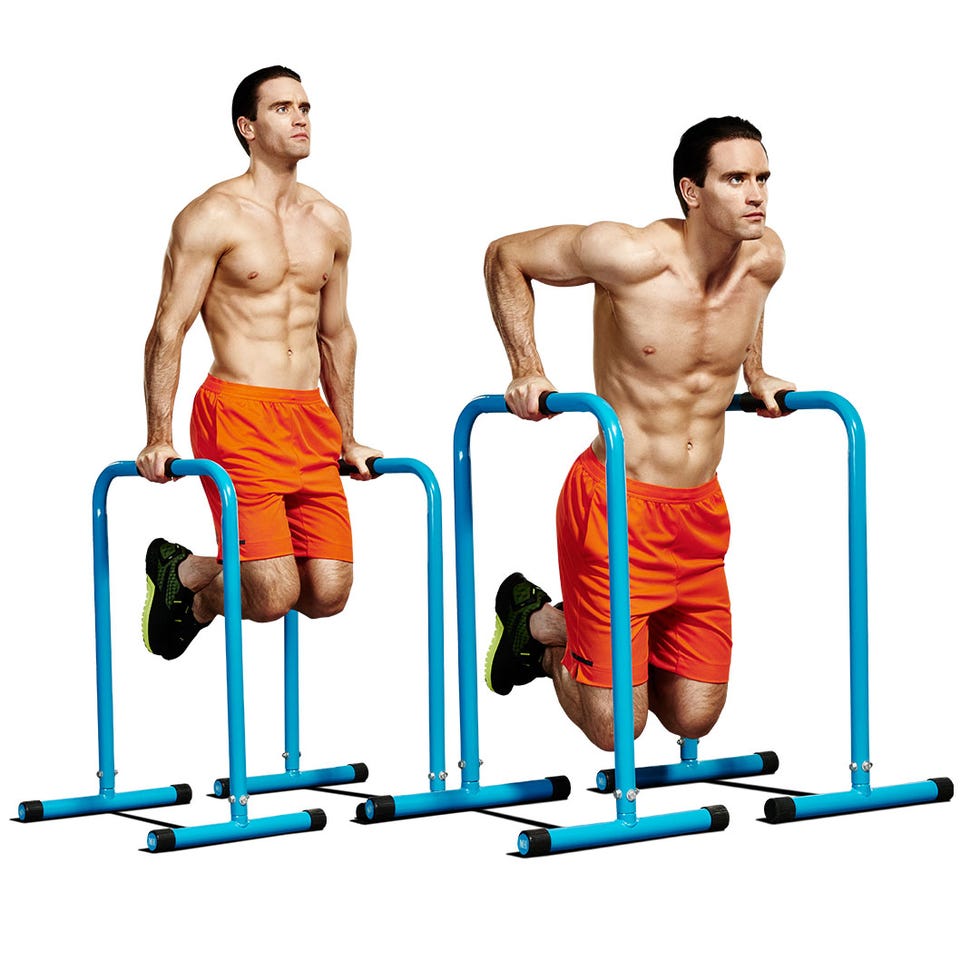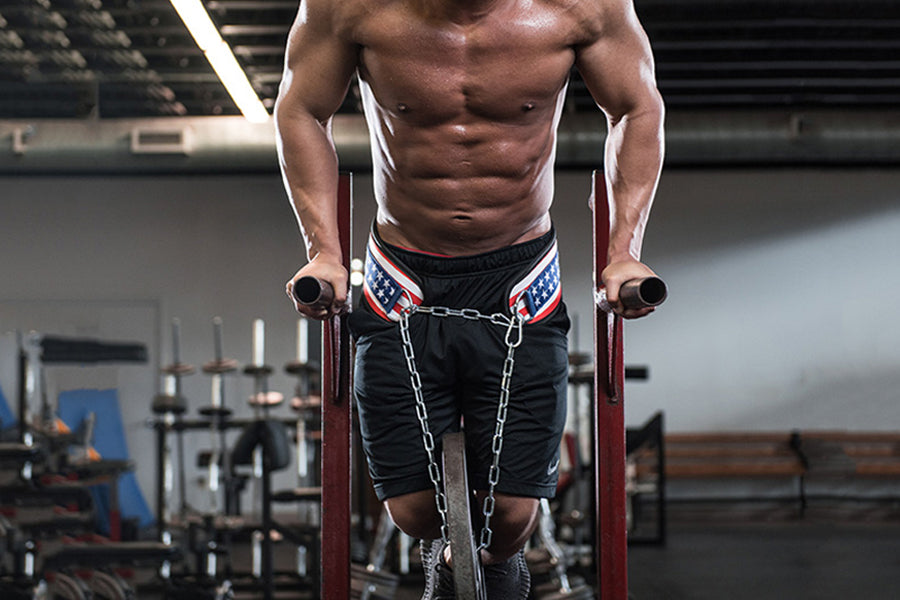Do you want to build a bigger, stronger chest and triceps? Well, who doesn’t? But with so many exercises out there, it can be overwhelming to choose the best ones for your goals. That’s why I want to talk to you about dips – a classic exercise that can be highly effective for targeting your chest and triceps. So, which type of dip is the best? Let’s dive into the details and find out!
When it comes to dips for building chest and triceps, there are two main variations: wide and narrow dips. Wide dips involve placing your hands on the bars with a wider grip, while narrow dips require a narrower hand placement.
Both variations target your chest and triceps, but they do so in slightly different ways. Wide dips put more emphasis on your chest muscles, specifically the outer portion, helping you develop that wide and powerful look. On the other hand, narrow dips target your triceps more directly, giving you the horseshoe-shaped muscles you’ve always wanted.
So, depending on your specific goals, you can choose the type of dip that will give you the best results. In our upcoming article, we’ll explore both variations in more detail and provide you with tips on how to perform them correctly for maximum gains. So, stay tuned and get ready to take your chest and triceps to the next level!

Wide vs Narrow Dips (For Building Chest And Triceps!)
When it comes to building a strong and well-defined chest and triceps, dips are a highly effective exercise to incorporate into your routine. Dips engage multiple muscle groups, build upper body strength, and increase range of motion. However, there are different variations of dips that target the chest and triceps in different ways.
The benefits of wide dips
Wide dips, also known as parallel bar dips, are performed on parallel bars that are set slightly wider than shoulder-width apart. This variation primarily targets the chest muscles, particularly the outer chest or pectoralis major. Wide dips allow for a greater chest stretch and emphasize the pectoralis major’s involvement in the movement.
By performing wide dips, you can effectively develop your chest muscles and achieve a well-rounded chest. This variation allows you to focus on improving the strength and size of your outer chest muscles, giving you a more defined and balanced chest.
The benefits of narrow dips
On the other hand, narrow dips, also known as tricep dips, are performed on parallel bars that are set closer together, with the hands positioned closer to the body. This variation primarily targets the triceps, the muscles located at the back of the upper arm.
Narrow dips are an excellent exercise for building strong and defined triceps. By performing this variation, you can effectively isolate and engage the tricep muscles, helping you achieve the desired sculpted appearance in your arms.
Choosing the right variation for your goals
When deciding between wide and narrow dips, it’s important to consider your goals and preferences. If you are looking to prioritize chest development, wide dips may be the more suitable option for you. Conversely, if you want to focus on triceps development, narrow dips would be the way to go.
It’s also worth mentioning that both wide and narrow dips provide benefits beyond their targeted muscle groups. Wide dips engage multiple muscles including the triceps, shoulders, and even the core. Similarly, narrow dips also engage the chest muscles to some extent, making them a good choice for overall upper body development.
To choose the best variation for your goals, consider incorporating both wide and narrow dips into your routine. This will ensure a well-rounded and balanced upper body development, while allowing you to focus on your specific goals.
Form and Technique
Regardless of the dip variation you choose, proper form and technique are essential to maximize the benefits and prevent injury. Here are some crucial points to keep in mind:
Proper body alignment
Maintaining proper body alignment throughout the dip movement is crucial. Start by gripping the bars firmly, with your hands slightly wider or narrower than shoulder-width apart, depending on the chosen variation. Keep your chest up and shoulders back, engaging your core to maintain stability.
As you lower yourself into the dip, focus on maintaining a straight line from your head to your heels. Avoid significant forward leaning or excessive arching of the lower back. This helps ensure that the targeted muscles are properly engaged and that unnecessary stress is not placed on other areas of the body.
Full range of motion
Performing dips with a full range of motion is essential for optimal results. Lower yourself until your upper arms are parallel to the floor or slightly below. This ensures that the targeted muscles are fully activated and engaged.
Avoid the temptation to cut the range of motion short by stopping at a higher position. By performing dips with a full range of motion, you will maximize muscle recruitment and overall development.
Breathing technique
Proper breathing technique can greatly enhance your dip performance. Inhale as you lower yourself into the dip, and exhale as you press yourself back up. This controlled breathing pattern helps stabilize your core and provides additional power during the movement.

Progression Tips
As with any exercise, it’s important to gradually progress and challenge yourself to continue making gains. Here are some progression tips to consider when incorporating dips into your routine:
Starting with assisted dips
If you are new to dips or currently lack the strength to perform unassisted dips, starting with assisted dips is a great way to build up your strength and gradually progress. This can be done using a dip machine, resistance bands, or even a spotter providing additional support as needed.
By gradually reducing the assistance over time, you will develop the strength necessary to perform unassisted dips.
Increasing intensity with added weight
Once you have built a solid foundation and can perform unassisted dips with proper form, increasing the intensity by adding weight is an excellent way to continue challenging your muscles.
This can be done by wearing a weighted belt, a weighted vest, or holding a dumbbell between your feet or thighs. Gradually increase the weight as you become stronger to continually stimulate muscle growth and strength development.
Utilizing advanced dip variations
Once you have mastered wide and narrow dips, there are several advanced dip variations that you can incorporate into your routine to keep your workouts varied and challenging.
Some examples of advanced dip variations include weighted dips, ring dips, and bench dips. These variations provide different angles of movement and engage the muscles in different ways, helping to break through plateaus and achieve new levels of strength and development.
Common Mistakes to Avoid
While dips are a highly effective exercise, there are some common mistakes that you should avoid to maximize their benefits and prevent injury:
Dropping too low on dips
One common mistake is going too low during the dip, which places unnecessary stress on the shoulder joints. Lower yourself until your upper arms are parallel to the floor or just slightly below, but avoid going excessively deep into the movement.
By maintaining control and not dropping too low, you can ensure that you are targeting the intended muscles and minimizing the risk of injury.
Neglecting scapular retraction
Another mistake to avoid is neglecting scapular retraction during the dip. As you lower yourself into the dip, focus on pulling your shoulder blades together and down.
This scapular retraction helps stabilize the shoulder joint and promotes proper alignment and muscle engagement. Neglecting this movement can lead to imbalances and potential injury.
Using momentum instead of strength
Using momentum to perform dips is another common mistake that can diminish the effectiveness of the exercise. It’s important to perform each rep in a slow and controlled manner, focusing on utilizing your muscles’ strength rather than relying on momentum.
By performing dips with controlled, deliberate movements, you will fully activate the targeted muscles and achieve optimal results.

Supplementary Exercises
In addition to including different dip variations in your routine, incorporating supplementary exercises can further enhance your chest and triceps development. Here are some supplementary exercises to consider:
Push-ups
Push-ups are a classic bodyweight exercise that target the chest, triceps, and shoulders. They can be performed with various hand positions to emphasize different muscle groups.
By incorporating push-ups into your routine, you can further strengthen and develop your chest and triceps, complementing the benefits of dips.
Tricep dips
Tricep dips, which are similar to narrow dips, can be performed using parallel bars, a bench, or even a stable chair. This exercise specifically targets the triceps and can be a great addition to your routine if you want to focus on triceps development.
Chest flies
Chest flies can be performed using dumbbells or a chest fly machine. This exercise targets the inner chest muscles, providing a well-rounded chest development when combined with dips.
Incorporating these supplementary exercises alongside dips can help you achieve a balanced and aesthetically pleasing chest and triceps.
Incorporating Dips into Your Routine
To effectively incorporate dips into your routine, it’s important to consider factors such as frequency, volume, and rest and recovery. Here are some guidelines to follow:
Frequency and volume
The frequency and volume of dips that you should perform will depend on your individual fitness level and recovery capacity. As a general guideline, aim to perform dips 1-3 times per week.
Start with a manageable number of sets and repetitions, gradually increasing the volume as you become stronger and more comfortable with the exercise. It’s important to listen to your body and avoid overexertion, as doing too much can impede recovery and lead to injury.
Combining dips with other exercises
Dips can be incorporated into your routine in various ways. You can perform them at the beginning of your workout as a compound movement to maximize strength and energy levels. Alternatively, you can include them as a finisher exercise or as part of a superset.
When combining dips with other exercises, consider the muscle groups involved and ensure a balanced workout that targets all of your upper body muscles.
Rest and recovery
Allowing sufficient rest and recovery is crucial to avoid overtraining and promote muscle growth. After performing dips, give your body at least 48 hours of rest before engaging in another intense dip workout.
During this rest period, focus on proper nutrition, hydration, and quality sleep to optimize recovery and support muscle growth.

Conclusion
Dips are a versatile exercise that can greatly contribute to developing a strong and well-defined chest and triceps. By incorporating both wide and narrow dips into your routine, you can target specific muscle groups and achieve a well-rounded upper body development.
Remember to prioritize proper form and technique, gradually progress your workouts, and avoid common mistakes. By doing so, you can optimize the benefits of dips and avoid injury. Supplementing your dip workouts with other exercises such as push-ups and chest flies can further enhance your chest and triceps development.
Consider your goals and preferences when choosing the best dip variation for you, and make sure to incorporate dips into your routine with the appropriate frequency and volume. With consistency and proper rest and recovery, you will be well on your way to building a strong and sculpted chest and triceps.




